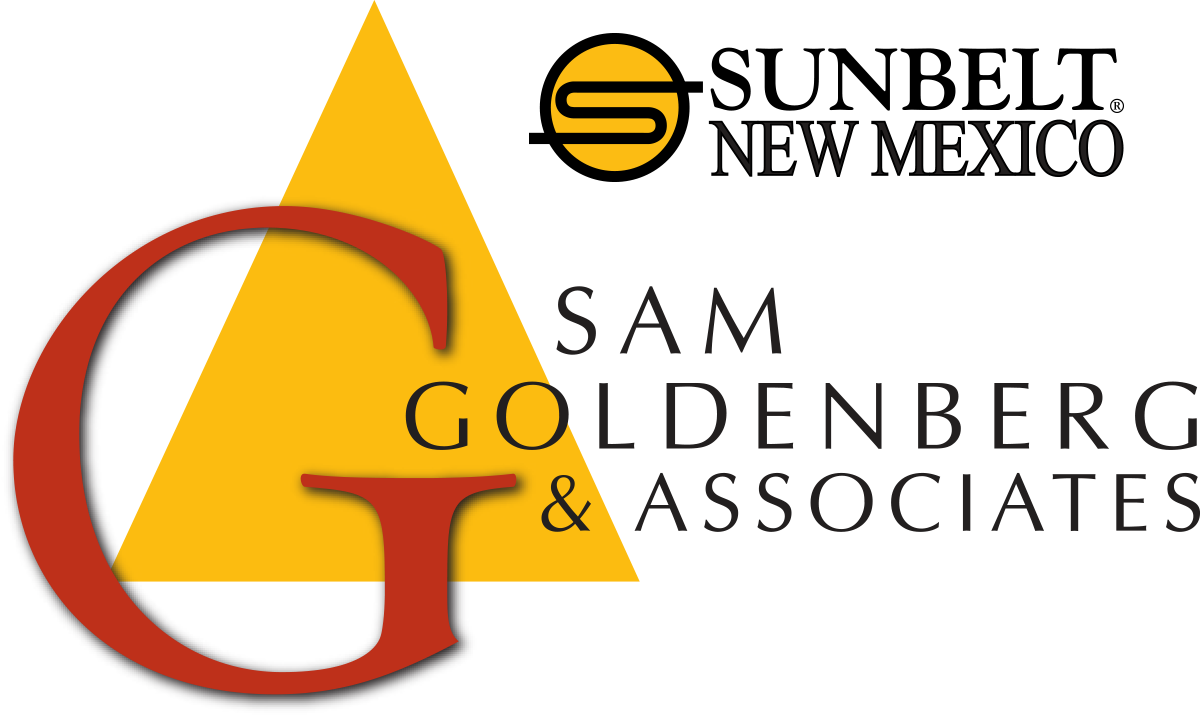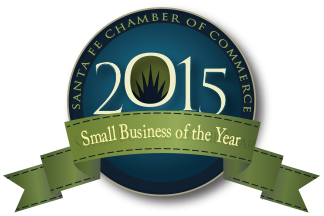24 Apr Resource Roundup – PPP and Business Support 2.0
President Trump signed the legislation today to replenish business relief programs and support hospitals and COVID-19 testing.
The package totals $484 billion and includes:
- An additional $310 billion in funding for the Paycheck Protection Program (PPP), with $60 billion reserved for small banks and lending institutions
- $75 billion for hospitals
- $25 billion to support testing efforts
- $60 billion for emergency disaster loans and grants (EIDLs)
In a recent virtual town hall hosted by Inc., U.S. Chamber of CommerceExecutive Vice President and Chief Policy Officer Neil Bradley advised applying for this second round if you own a business and need support, despite frustrations shared by many about the first round’s allocations. “I would apply for the loan. If you look at loans already pending, I think the $310 billion is going to go quickly,” he says. “If you get it, great. If you don’t, there might be another tranche. You’re going to want to be in line.”
The funds reserved for smaller lending institutions are just under 20% of the PPP replenishment. It is hoped that portion will prevent more of the stories we’ve been reading in the last week in which large businesses with stronger bank relations were allocated maximum loans while small businesses wait in Limbo.
Credit unions, Community Development Financial Institutions (CDFIs), and FinTech lenders are potentially a good place to start for small businesses, says Michelle Sourie Robinson, President and CEO of the Michigan Minority Supplier Development Council. If you plan to apply through such a lender, be sure to call ahead to make sure the lender has been approved by the SBA to participate. Not all institutions are involved and some that wish to be are still awaiting approval, cautions Bradley.
The EIDL program is a good option for businesses with non-payroll related needs. Unfortunately, with the extremely high demand, Bradley anticipates the grants will remain capped at the recently adjusted rate of $1,000 per employee, as opposed to the original $10,000 per approved business.
If you are concerned about rent (which EIDL money is well suited to cover if you get it), Bridget Wetson, Acting CEO of SCORE, suggests negotiating with landlords. They would likely prefer to deal with current tenants rather than seek new ones, she reasons. Rent reductions, deferrals, or (for retail businesses) switching from base rates to percentage rates may be possible. Be sure to formalize such agreements in writing.
Note: This is a summary of aggregated information from other parties and does not express the direct advice of Sam Goldenberg & Associates.









